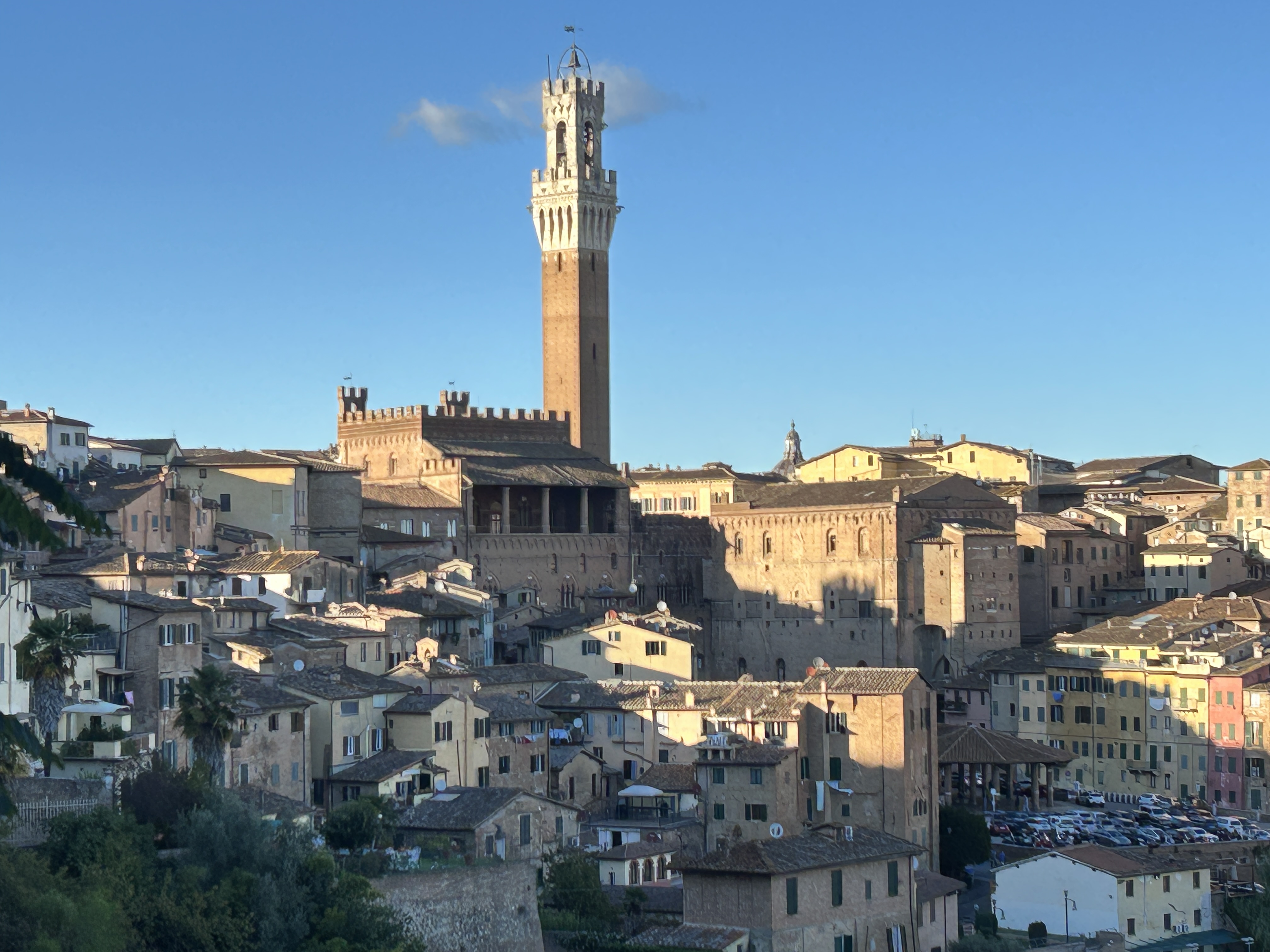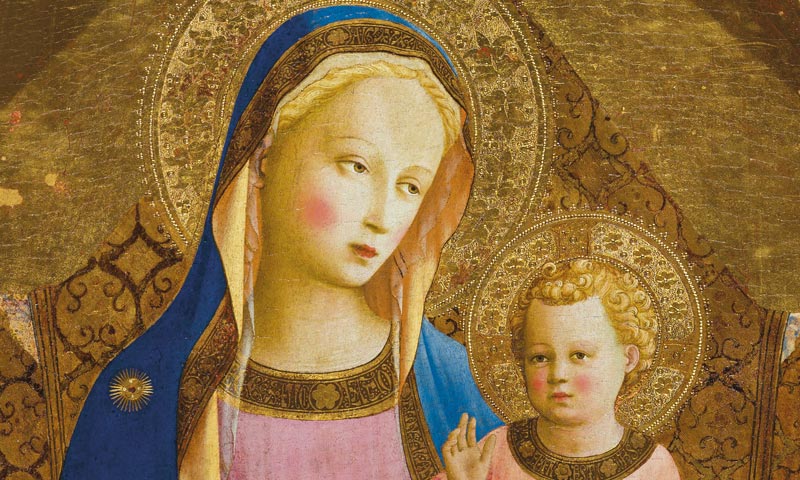Siena
Starting from the 12th century, the city of Siena was considered a free municipality and incorporated surrounding territories and small villages.
From this moment on, great economic development began which lasted for a long time and which made Siena an important and prestigious city. It was in this period that the struggles against Florence began and battles continued until 1555, when the Florentines, with the help of the Spaniards, conquered Siena and gained access to the southern part of Tuscany.
Over the centuries, Siena has developed thanks to the Via Francigena. The Via Francigena has been known since the 10th century and is still the road for pilgrims who want to reach Rome on foot. It is not as popular as the Camino de Santiago, in northern Spain, but if you go to Rome through the Val d'Orcia and avoiding the motorway, it is not difficult to run into people who, with a backpack and a cane, walking calmly, step by step, in the footsteps of Sigeric.
PIAZZA SALIMBENI: Sienese architecture and art have hardly been affected by the Renaissance influences of nearby Florence. The Sienese Gothic arches, with their characteristic ogival shape, are clearly visible on the facade of the thirteenth-century Palazzo Salimbeni. The Salimbeni family was expelled from Siena in 1419 after attempting to take power. All their possessions were confiscated and, in 1472, Monte Pio was housed in this building, which later became Monte dei Paschi in 1624. Today Monte dei Paschi is the oldest bank in the world and one of the largest in Italy.

We continue our walk by stopping in PIAZZA TOLOMEI. The Tolomei were another powerful Sienese family, archenemy of the Salimbeni, against whom they fought to establish them-selves as powerful citizens. The Gothic façade of their palace is more "authentic" and "sincere" than that of Palazzo Salimbeni that we have seen previously and which, it should be remembered, is the result of a heavy nineteenth-century reconstruction. Palazzo Tolomei, on the other hand, was built between 1208 and 1210 and is the first important Gothic work in Siena.
Piazza del Campo, you find yourself in front of a fifteenth-century loggia, the LOGGIA DELLA MERCANZIA. It is not Gothic architecture, you can see it from the round arches, but it has an almost Renaissance appearance. In the niches of the pillars there are five statues of saints. They all look north, towards Florence, as if to protect the city from the invading enemy.
Palio di Siena, Piazza del Campo is still used today for the well known Palio horse race which is one of the most famous popular Italian manifestations. It takes place every year on July 2 and August 16.
The Palio is run to celebrate the miraculous apparition of the Virgin Mary near the old houses that belonged to Provenzano Salvani. The holy apparition was therefore called "Madonna di Provenzano" in whose honour the very first Palio was run on August 16, 1656.
The Palio was run for the first time in 1701 in honour of the "Madonna dell'Assunta" the patroness and Advocate of Siena through all the tragic events since she protected the Sienese militia at the famous battle of Monteaperti on September 4, 1260, against the Florentines.
The Palio is a historical secular tradition strictly connected with the origin of the Contradas of Siena (districts into which the town is divided). The Contradas are spectacular agonistic institutions each having their own government, oratory, coat of arms, appellations, sometimes titles of nobility, emblems and colours, official representatives, festivities, patron Saints, with protectors, delimited territories and population which consist of all those people who were born or live within the topographic limits of the district, according to the proclamation issued by Violante Beatrice of Bavaria on January 7, 1730, at that time, Governess of the town.
Palazzo Repubblica: construction started in 1297 on a building to house the city government and the palace was finished in 1310 and the nine governments moved in permanently. Inside, the palace there are frescoes by the major Sienese artists from the 14th century, such as Simone Martini, Duccio di Buoninsegna and Ambrogio Lorenzetti and the Maestà by Simone Martini, from 1315, one of the greatest masterpieces of European Gothic painting.
Walking along Via di Città, you soon arrive at the Cathedral of Siena, popularly called the Duomo, one of the richest and undoubtedly full of meaning in all of Christianity. THE FACADE was added to the cathedral from 1284 and its construction ended in 1317. It represents a transition between the Romanesque and Gothic styles. The arches above the three portals are Romanesque (round arches), and then, as ones gaze rises, the shapes lengthen and everything rushes upwards with the typical Gothic style.

THE INTERIOR of the Cathedral of Siena is so rich in works of art and full of meaning, that it makes this church one of the most fascinating in Christianity. The most important part is undoubtedly the floor, made up of 55 marble inlays and a mosaic; it was made starting in the 14th century and the last inlays in from the 19th century. It, therefore, has a construction history of almost 500 years. Each single image is a work of art in itself, but all together they form a symbolic path that accompanies the visitor to the main altar, where the figure of King David dominates.








